by Linde Egberts, postdoctoral researcher and coordinator Heritage Studies
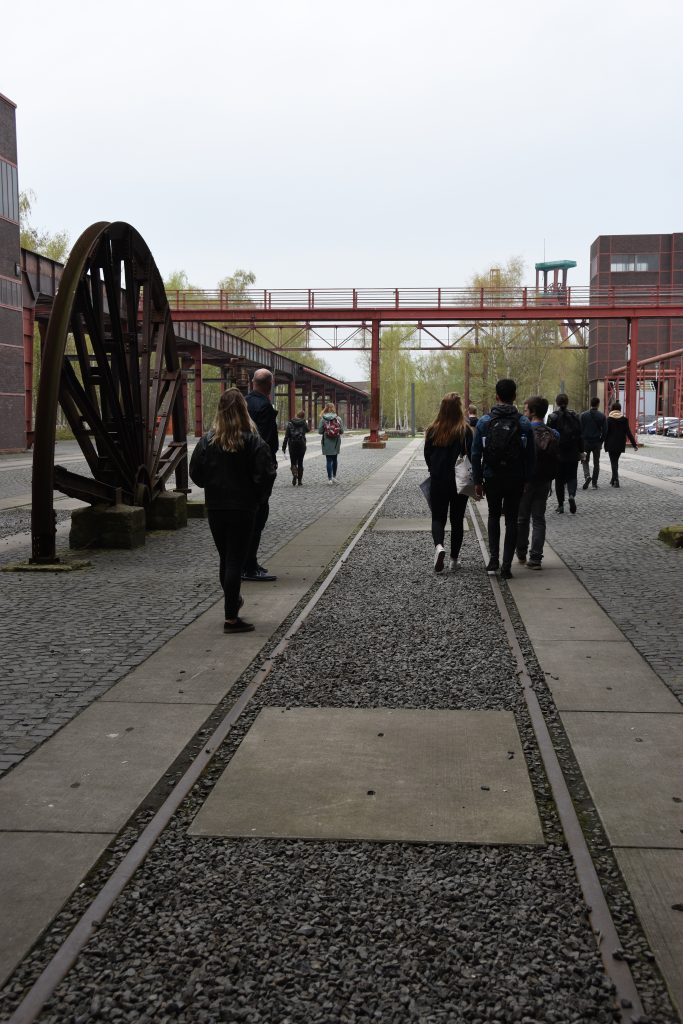
Every April, the students of the master programme Heritage Studies at Vrije Universiteit Amsterdam have one more course to follow, before they dive into the finalisation of their master theses. They end their training with Transformations: Meeting Designers, in which they learn to integrate heritage in the transformation of places, together with architects, engineers, planners and others. In this blog I would like to share with you some impressions of what we worked on.
As this course is all about interdisciplinarity, team work and bringing knowledge into practice, the course is packed with field trips, meetings with architects and reflections on the contribution of heritage experts to the field of spatial planning and design.
In the beginning of the course, students read and discuss core writings about the role of heritage in spatial transformations. In class dicussions they get grips on the width of possible of approaches. They also train their observation skills in field trips to the Ruhr area and Hembrug, Zaandam.
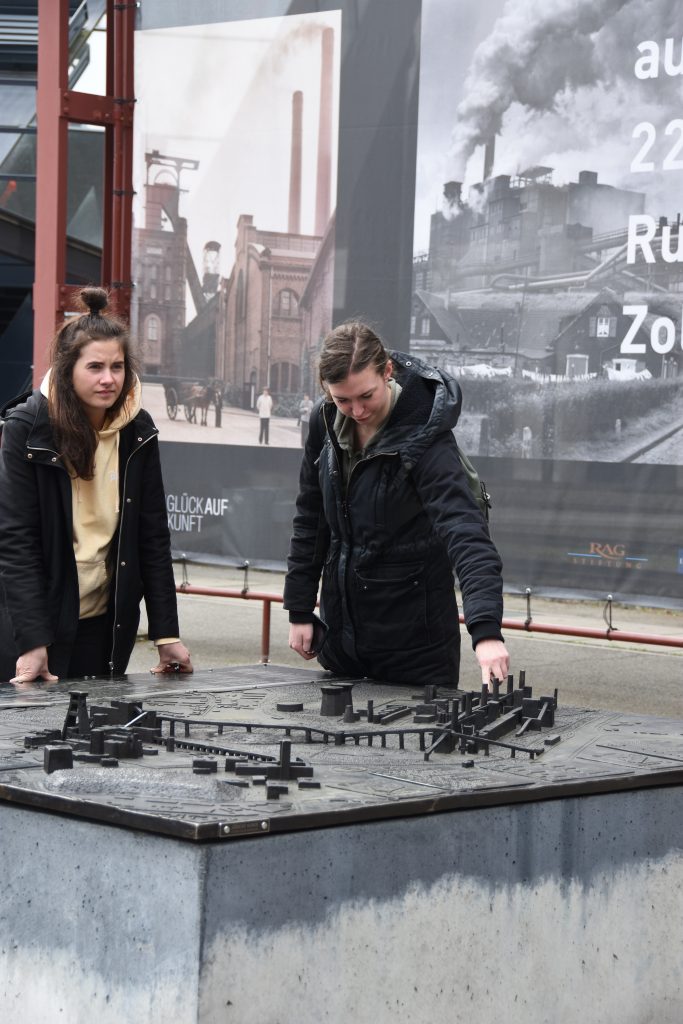
Student David Osietzky, originally from the Ruhr area, reflects on the role of heritage in the transition of the region:
“The Ruhr area is specifically known for a successful reorientation and is showing that an end of one era can be the starting point for new opportunities. Growing up in the Ruhr area the industrial past and its accompanied structural change were always present. Memorizing the heavy industry is a central theme to the field of industry culture `Industriekultur´. Spaces such as the `Halde Haniel´ – where excavation material was piled up – have been transformed into a local recreation areas. A former gas holder `Gasometer Oberhausen´ was also redesigned and is currently used for exhibitions. Music-clubs, gyms, open-air-theaters and restaurants are now established at places where once loud machines and heavy industrial work was done. Transformed spaces in the Ruhr area impact the life of many rather positively.”
Then it was time for some critical discussions with architects about their re-design of heritage places. This year we visited the building site of the former V&D building on the Rokin in Amsterdam. This historic shopping mall was the most centrally located seat of the iconic Vroom&Dreesmann company and is now re-purposed as an office and shopping complex, with many references to its earlier designs. The architects of Winhov Office were so generous to host us there.

The most intensive part of the course is the participation in the Week of the Vacant Building, in which the students are teamed up with architects, engineers, facility managers and others to work find a solution for the vacancy of a monumental building. This year, the students spent five days in the Rolduc abbey in Kerkrade (Limburg) and worked on a re-use proposal for the vacant gymnasium on the Abbey’s compound.
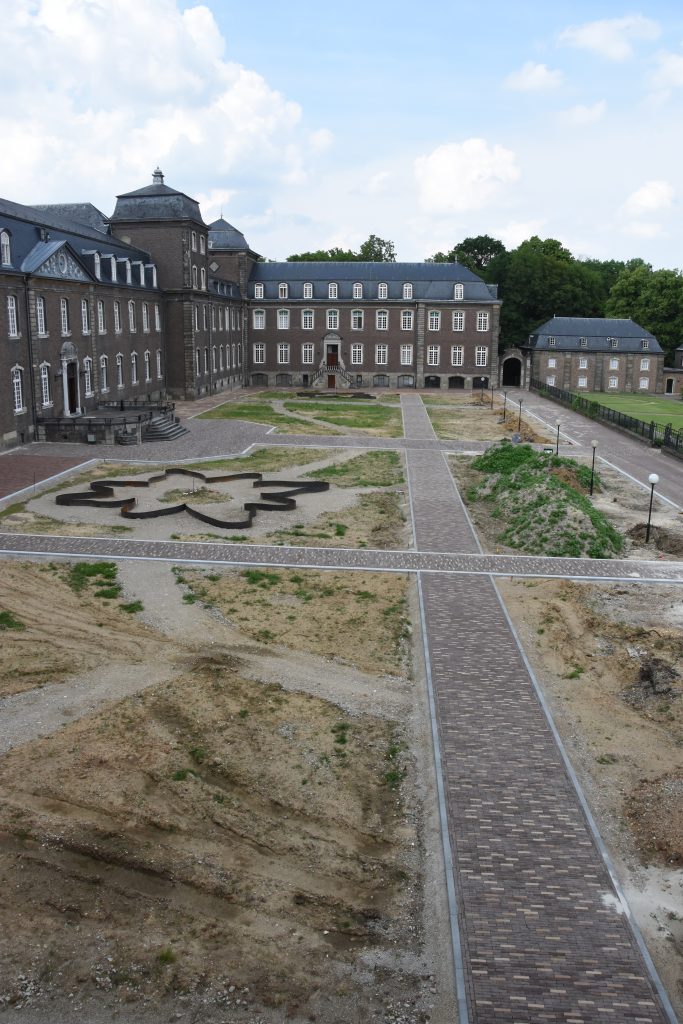
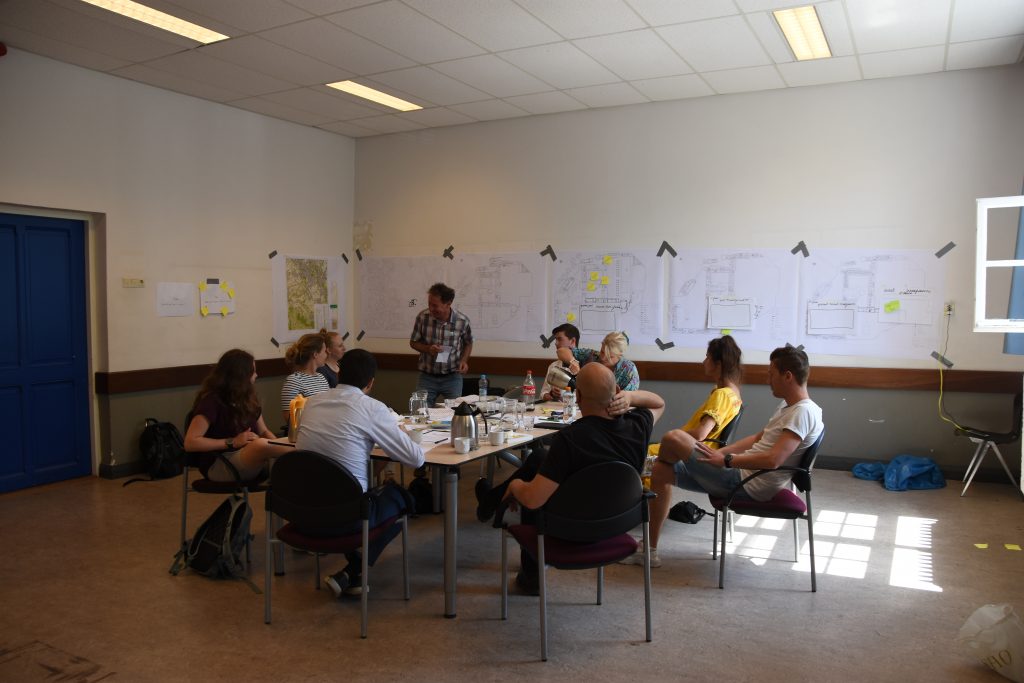
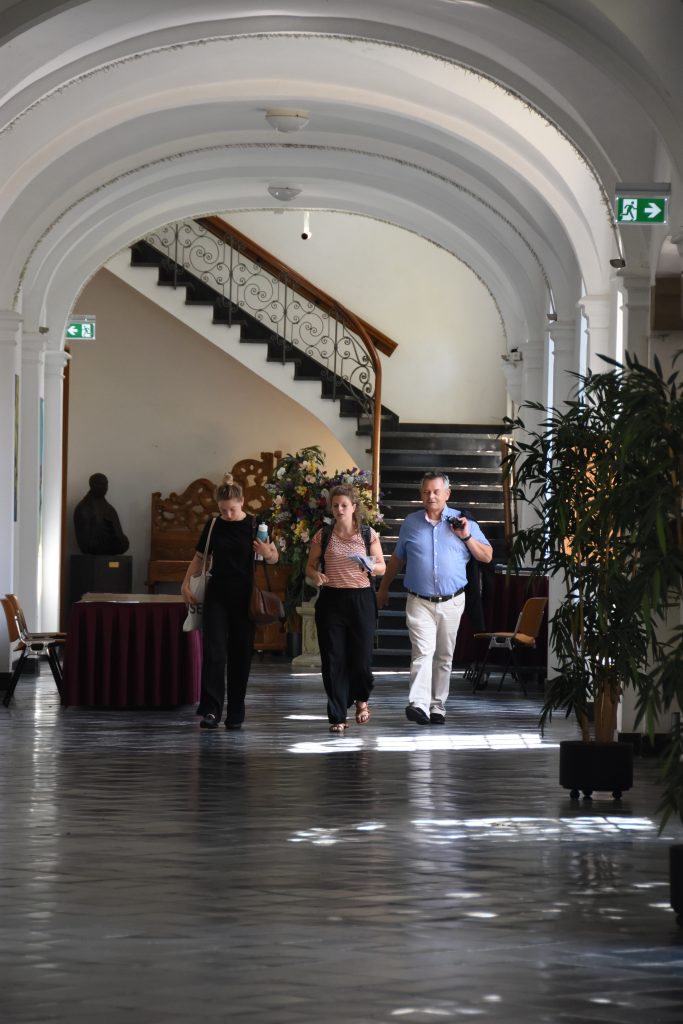
After eight weeks and a myriad of cases, designs and discussions, the students finalise the course with a paper on the role they see for themselves in the field of heritage and spatial transformations. With peer-reviews sessions and in-class discussions they have been prepared, but the in the final versions it is up to them to show what skills and vision they have acquired they will soon enter the professional or academic heritage field.